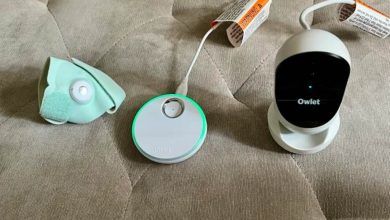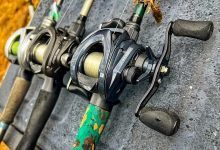
How to Detect Water Leaks in Walls
Water infiltrations can be caused by a series of conditions that contribute to damaging the water insulation of the walls or floors of a building. In fairly serious situations, water infiltrations are responsible for a series of structural damage to homes. As well as damaging walls and furnishings, infiltrations are a threat to the health of the environment. To eliminate the problem it is essential to understand its origin. Reading this tutorial you can have some useful information on how to detect water leaks in walls.
How to detect water leaks in walls?

The first thing to do to identify water infiltrations in the walls is to check if there is a presence of water near the wall. In fact, if the carpets are damp or the floor is always wet in certain areas of the house there is certainly an infiltration. In addition, discolored patches appear in the presence of infiltrations on the wall surface. Generally, the faded area has an irregular shape. In case of infiltration at an advanced stage, swollen areas towards the outside may also appear on the walls. Then, the paint or wallpaper has bubbles or detachments. Keep reading how to paint bubbles.
Traces of mold
Sometimes when the infiltration is not visible its presence can be detected thanks to the smell of mold. In fact, the water that infiltrates inside a wall can never dry out without any intervention. For this reason, the wall begins to emit a damp smell which is typical of mold. Some walls, such as plasterboard ones, manage to absorb water like sponges, so it is quite difficult to notice visible signs of infiltration. In this case, it is the sense of smell that can determine whether the wall is healthy or not. Finally, the walls that give off a musty smell often show other signs due to infiltration (color change).
Dripping noises
Even if the infiltration did not cause visible damage, its presence can still be discovered. It is essential to pay attention to any noises caused by dripping. They can also come from adjacent walls and are due to a loss of water from the pipes. With modern plants, it is quite simple to find out the damage. In fact, they are made with PVC pipes that amplify the sound of dripping. Furthermore, in the event of significant leaks inside the house, there will certainly be a greater consumption of water. All this has a significant impact on the water bill.
You may like also to read http://decoracaos.com/







